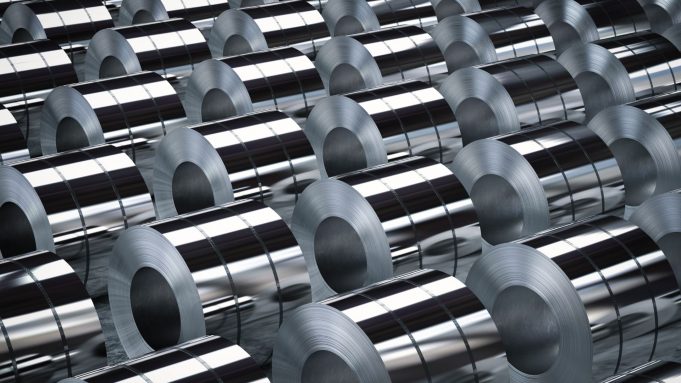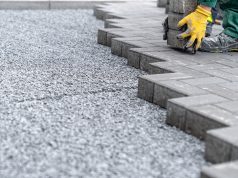Making the most appropriate choice for the kind of spring steel to be used is always a tough hurdle on the side of an engineer or a technician. This is because the materials components possess varied characteristics in terms of tensile strength and yield strength. For a specific operating environment, that as well requires resistance to high temperatures and friction, a special fabric is recommended especially alloys for best performance. Let’s delve into the key information for the best quality alloy steel spring.
Alloy spring steel
The common types of alloy spring steels are characterized by high yield strength as well as greater tensile strength. In the conditions where there is extremely high stress, great shocks, and loading that imposes immense impacts, the use of alloy spring steels is often preferred for use. This is because they possess higher tolerance to these kinds of loading making them convenient for use above any other type. The most efficient types include; 51CrV4, 1.8159, 50CrV4, spring steel.
The choice of these alloy spring steel depends on the following factors;
High hardness
The components of machines that are always exposed to great abrasive forces wear quite easily as compared to the other less exposed parts. The most common industries that these kinds of environments are experienced include construction, transport, and mining. This in turn, normally calls for the specific design of special types of steel that collectively resist the given forces in the most convenient ways. The alloy spring steel that includes 51CrV4, 1.8159, 50CrV4, spring steel has been specially designed to withstand these kinds of loads when in use while retaining a long lifespan for the economics.
They are less vulnerable to tempering
The quality of most steel springs is often compromised by the tempering effects that are often experienced within the point of application. The working environments often involve high temperatures going up to 250℃ which in turn has the effect of tempering of steel materials. For the working conditions within these environments where brittleness is not the key determining factor, the use of a relatively resistant material that can withstand these conditions of temperature often calls for the improved grades of the materials. These alloy spring steels that include 51CrV4, 1.8159, 50CrV4, spring steel are often effective in use for their high resistance to tempering. The new material formed from the alloy possesses superior physical properties making them perform within these environments.
Physical resistance to dynamic and static loads
Within the operation sites such as in the construction, mining, and transport sector, there are often constantly changing dynamic loads as well as static loads. These loads often possess different effects on steel springs when used leading to damage. In most of the past cases, large quantities of material were used to withstand the actual loads with the field conditions. With the introduction of steel alloy springs, the wastages and greater expenses leading to unnecessary weights have been eliminated. The most recommended steel alloy springs that offer these functions in the real field conditions include 51CrV4, 1.8159, 50CrV4, spring steel.
Operation at high temperatures
The moving parts of machines and equipment often cause frictional forces. These forces often are characterized by great heat generation that in effect exposes the moving parts as well as the steel components to high temperatures. High temperatures have the effect of softening steel thereby compromising their effectiveness in use. the resistance of these kinds of high temperatures requires an improvised constituent component that can resist the effects of the high temperatures. With the alloys that involve vanadium materials, the melting point of the new product is raised. Besides, they remain stable amid the increasing temperatures of up to 250℃. The best and most recommendable alloy spring steel includes 51CrV4, 1.8159, 50CrV4, spring steel.
Conclusion
It is worth noting that before you purchase the steel spring for use, you should first evaluate the kind of physical and environmental conditions it is to be exposed to. This in turn helps in the cost optimization as well as the reduction of potential failure. Alloying as well has minimum impact on the corrosion agents within the surrounding, therefore, appropriate greasing of the spring material is recommended for durability purposes.














